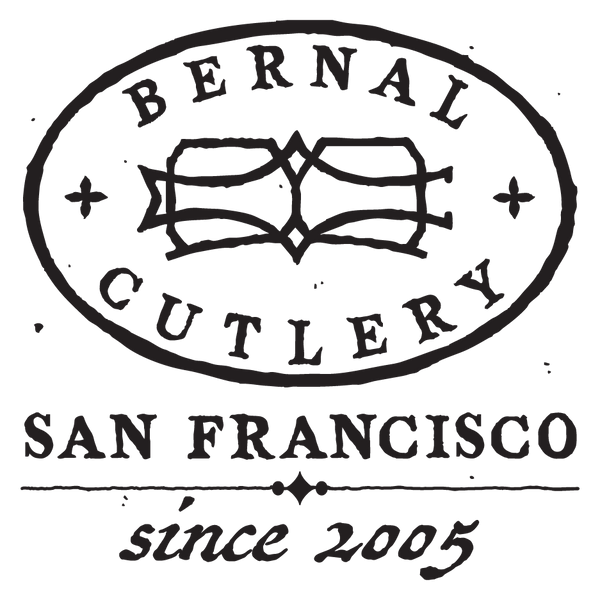-
Kitchen Knives
-
Bernal Cutlery House & Collaborations
- Greenfield Series
- Bernal Cutlery Black Label
- INVICTUS - K Sabatier | Butcher's Guide
- Nouvel Ideal - K Sabatier
- GS+ Ko Sabaki - Konosuke
- Small Chef - Rolin Knives
- Stainless Clad - Tosa Tadayoshi
- Knife Rolls - ILE
- Pizza Cutter - F+W | Prince
- Sakai Style - Blenheim Forge
- Sori Series - Sakai Kikumori
- Kurouchi - Nakagawa | Sakai Kikumori
- Shop by Use
- Shop by Shape
- Shop by Category
-
Shop by Maker
- Ashi Hamono
- Astral Works
- Au Nain
- Au Sabot
- AZ Knives
- Bernal Cutlery Manufactory
- Blenheim Forge
- Chazeau Honore
- Eichenlaub
- Florentine Kitchen Knives
- Friedr. Herder
- Gihei Knives
- Goyon-Chazaeu
- HADO
- Hatsukokoro
- Hitohira
- J Adams
- John Nowill & Sons
- K Sabatier
- Kaji Bei
- Kanehide
- Kenji Togashi
- Kogetsu
- Konosuke
- MAC Knife
- Masakane
- Morihei
- Mutsumi Hinoura
- Myojin Naohito
- Néron
- Naozumi
- Nigara Hamono
- Pallares
- Roland Lannier
- Rolin Knives
- Sakai Kikumori
- Satoshi Nakagawa
- Seki Kanetsugu
- Tagai Sanjo
- Tanabe Tatara
- Tosa Tadayoshi
- Tosa Tsukasa
- Tsukasa Hinoura
- Wakui
- Yoshikane
- Knife Storage
- Sayas & Guards
- Knife Care
- Trade In
- Bargain Bin
-
Bernal Cutlery House & Collaborations
- Knives & Tools
- Sharpening
-
Kitchen Tools
-
Shop by Brand
- Ambrogio Sanelli
- Andre Verdier
- Ateco
- Au Nain
- Chefs Press
- Due Buoi
- Dexter Russell
- F. Dick
- Geo Yukio Hattori
- Gestura
- Hardmill
- Hitohira
- Inside Line Equipment (ILE)
- Jones Cutting Boards
- Kagetsu Donabe
- KYOTOH Donabe
- Kuramoto
- Lancaster
- Lundy Way
- MAC Knife
- Made In
- Netherton Foundry
- Noda Horo
- Nordic Ware
- Pallares
- Peugeot
- Prince
- Silky
- SILPAT
- Shop by Use
- Cookware by Material
- Cookware by Type
- Prep Tools
- Cutting Boards
- Utensils
- House & Kitchen Scissors
- Softgoods
- Chef's Press
- Cleaning Supplies
-
Shop by Brand
- Tableware
- Vintage
- Pantry
- Books & Gifts
- Services & Info
or
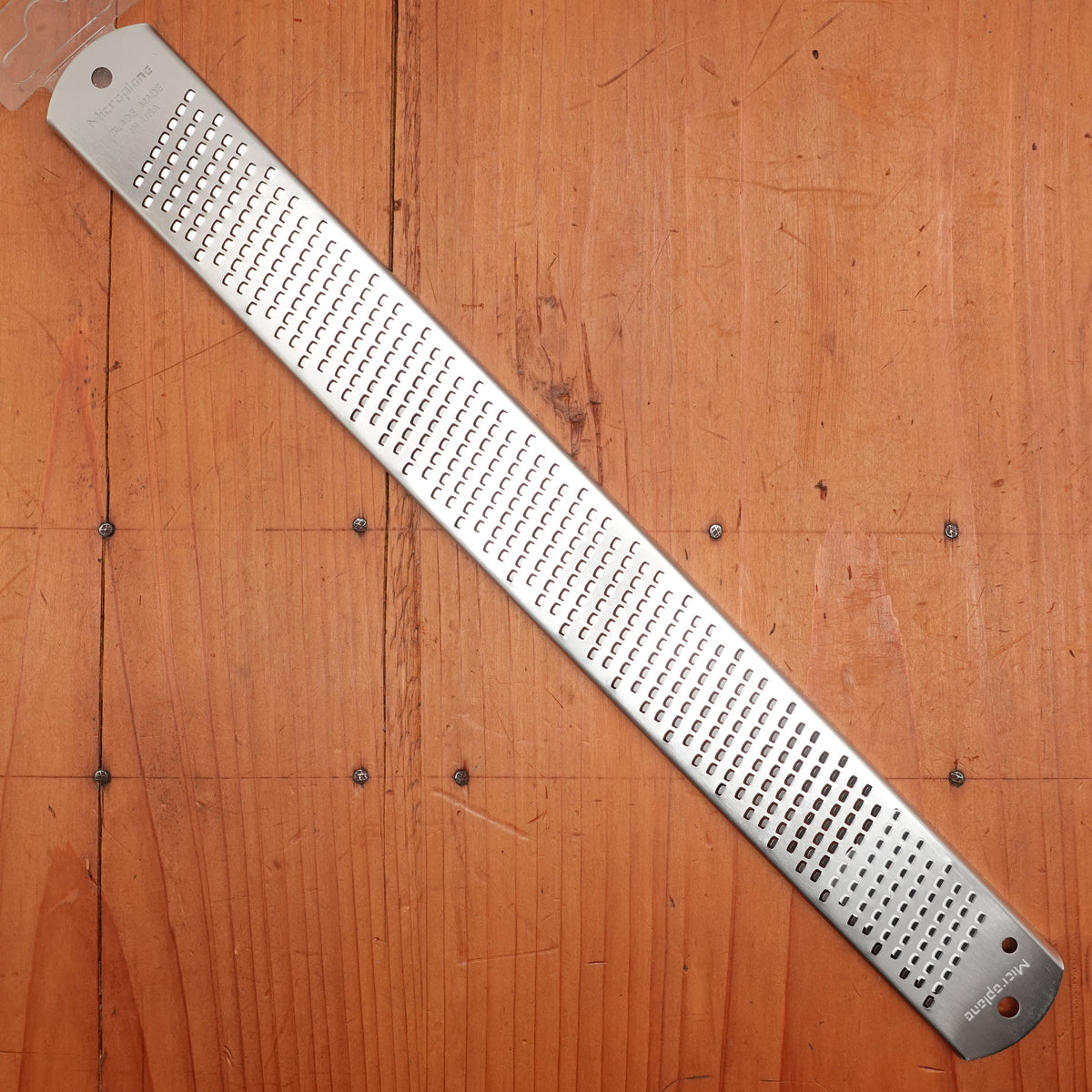
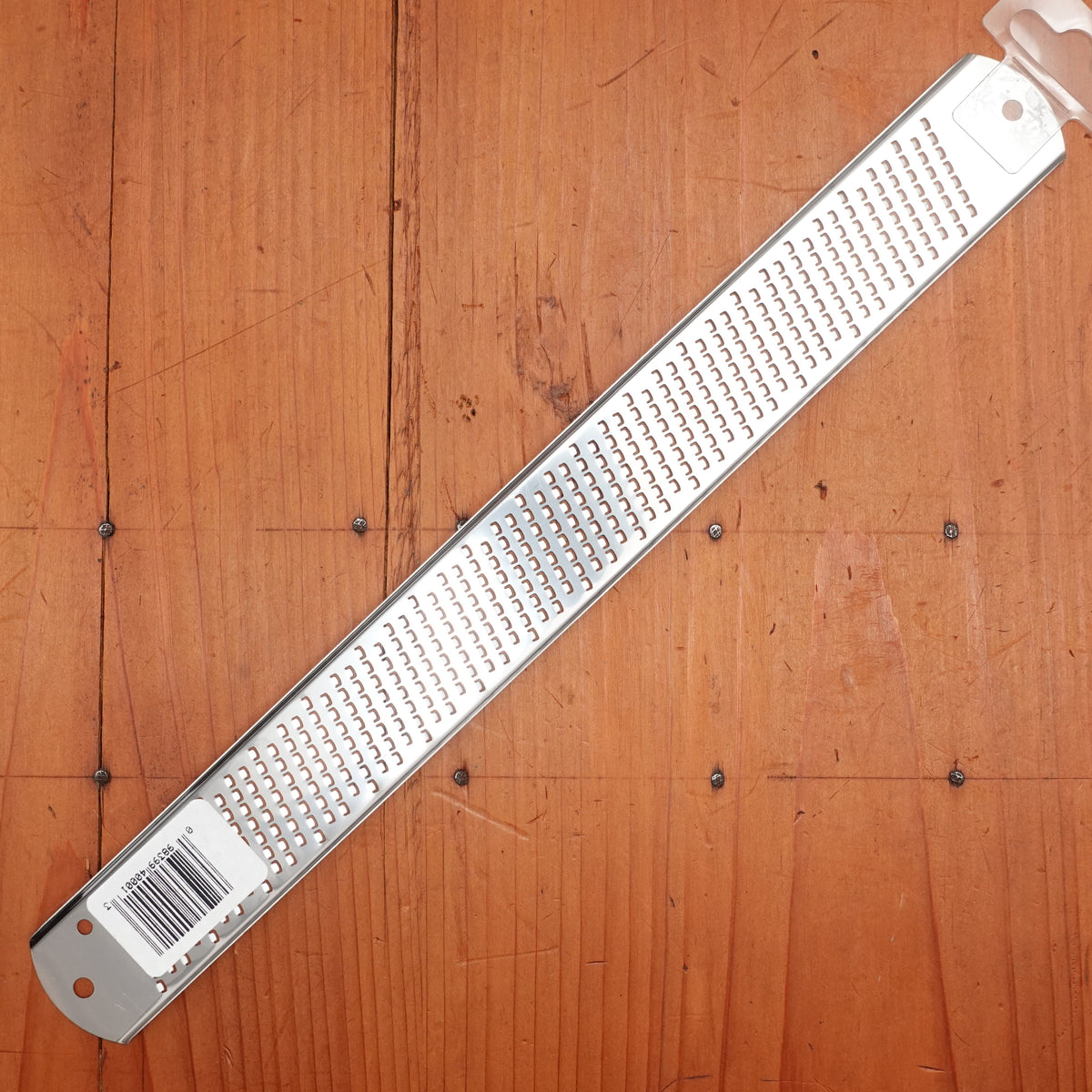
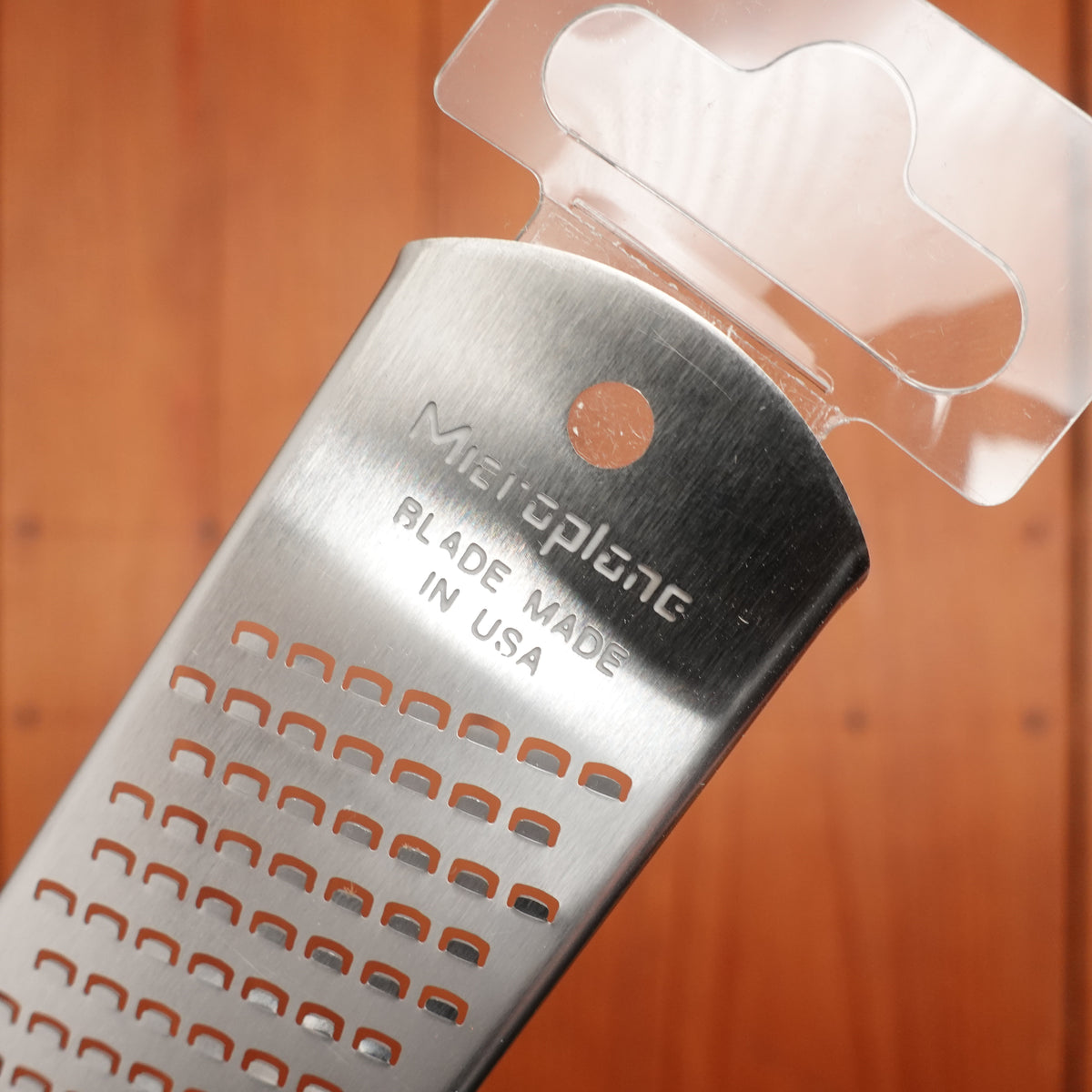
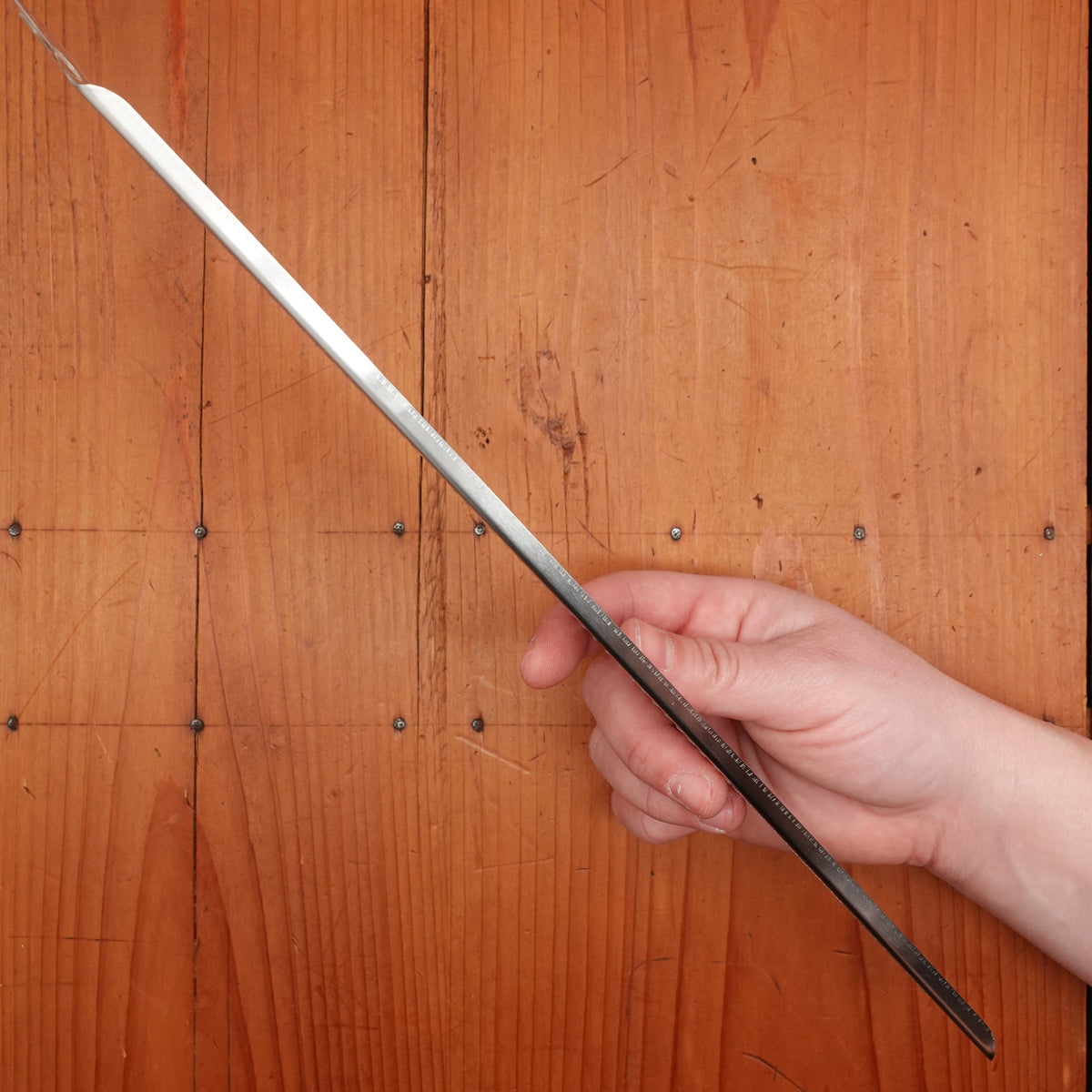
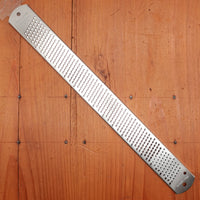
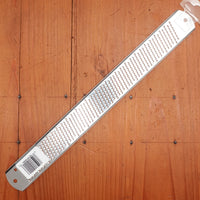

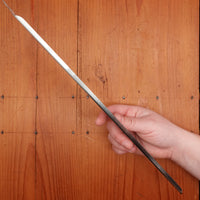
Microplane Zester
-
Regular Price
-
$12.00
-
Sale Price
-
$12.00
-
Regular Price
-
Sale
Sold Out
-
Unit Price
- /per
- Regular Price
- $12.00
- Sale Price
- $12.00
- Regular Price
- Unit Price
- /per
Perfect for small grating tasks and on-the-go zesting.
Originally a woodworking tool, this razor-sharp rasp amazed everyone in the kitchen with its effortless citrus zesting and lacy wisps of parmesan and other hard cheeses.
Product Details
Dimensions: 12" x 1 1/3" x 1/3"
Reusable protective cover included
Materials: Surgical grade stainless steel blade
Made in USA
Shipping Weight: 4 oz
Why isn't there a handle for this tool?
The 40001 Zester is one of the original Microplane tools designed as a wood rasp to fit in a hacksaw frame so a handle was never made specifically for this tool.
How do I use a Zester?
If you are right-handed, hold the lemon (citrus) in your left hand with a side up as if it were the neck of a violin. Take the Microplane® Zester in your right hand and make sure the sharp edges of the cutter are aimed away from you toward the lemon. Make sure to lightly grip the smooth edges of the tool (thumb on one side, four fingers on the other). Now, stroke the Zester across the lemon as if you were playing the violin. The zest collects in the upper channel. Voila! Incredible fine shavings of zest--no more grated knuckles! For use with cheese, we suggest stretching it across the top of a bowl.
What is Zest?
Zest, is the grated rind of a citrus fruit, and the Microplane zesters do this with little effort, and the teeth are set so that you don't end up with the layer of white skin, called the pith which is bitter.
Why use Zest?
Zest add an extra level of flavor to dishes, without adding liquid, it is a popular way to add flavor, without adding calories as well. You can decorate with zest as well, adding color and flavor.
I want a thick zest - does this tool do that?
This tool is for fine zesting ideal for baking and cooking. A thicker zest is can be created with a larger blade type like a coarse blade, or you can use a garnishing tool called a cannelle knife, often people call this zest, but at Microlane we call this a garnish or a twist.
How do I know when I need to replace my zester?
When zesting a lemon, if you notice that the zest is more like a wet and oily paste, then it is time for a new grater. Undulled teeth will provide dry, fluffy zest.
About Bernal Cutlery
We are a full-service cutlery shop offering sharpening services, Japanese and Western culinary knives, vintage knives, outdoor, pocket and craft knives, cooking tools and accessories. We also offer knife skills and sharpening classes, and more.
We are proud to serve kitchen professionals, knife enthusiasts and home cooks alike. Located in the Mission District of San Francisco, California.
766 Valencia Street, SF, CA 94110
1 Ferry Building, Ste. 26, SF, CA 94110
